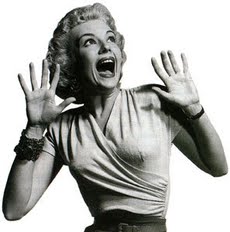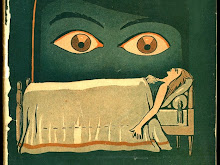Werewolves first started to show up in folk stories to explain serial killings. The first recorded Werewolf sighting took place around the countryside of German town Colongne and Bedburg in 1591.A few people cornered a large wolf and set their dogs upon it. They started to pierce it with sharp sticks and spears. The wolf did not run away or tried to protect itself, instead it stood up and turned out to be a middle-aged man he was Peter Stubbe from the same village. Peter Stubbes continued to kill, rape and eat his victims until he was caught and tried. He was disposed in a fate worse than really anything I care to write here.
Werewolves have a part of almost every culture on the planet, here are a few...
American Indians: limikkin or skin walkers.
Canada: bearwalker
Chili: The chonchon shapeshifter is a witch that transforms into a vulture.
Ethiopia, Morocco and Tanzania: The boudas is a sorcerer/blacksmith that changes into a werehyena. It often wears an ornament from its human form by which it may be recognized.
France: loup-garou is prevalent in France with the Beast of Gevaudan being the most famous documented case. Then there is the bisclavret which is a werewolf that cannot return to human form unless it can put its clothing back on.
Finland: ihmissusi
Greece: vrykolaka is a catchall word for werewolf, vampire or sorcerer. The word lycanthropy, from the ancient werewolf-king Lycaeon, originated here.
Haiti: loup-garou can change into anything, both plant and animal.
Iceland: A hamrammr (from old Icelandic literature) is a werecreature that shifts into the form of the animal it has most recently eaten. Its strength increases with each animal that it consumes. The current (and more correct) word for werewolf is varulfur.
Ireland & Scotland: The selkies are seals that take off their skins to become human. Dark-haired Celts may have their geneology explained via the selkies. Selkies are helpful creatures who watch over fishermen.
Japan: The most popular werecreatures in Japanese folklore is the kitsune (fox) and the tanuki or mijina (raccoon dog or badger). The kitsune is usually a female, and the tanuki, a male. Collectively, shapeshifters are called heng
Mexico: nahaul is a werecreature that can turn into a wolf, large cat, eagle or bull.
Native Americans: Many different types of "skin walkers such as the Navajo Indians' skinwalkers, the Mai-Coh and the. Mohawk Indians limikkin.
Scandinavia: The varulv much prefers beer to human flesh. Scandinavia is also home to the berserker (bearskin). There is also the ulfheobar (wolfskin), which is usually lumped in with berserker.
United States: Native Americans have many different types of "skin walkers" (see above). There are wererats that are particularly rampant around Pennsylvania. The wererat skulks around at night, and prefers carrots with ranch dressing to human flesh.
*http://www.mythicalrealm.com/legends/werewolf.html
How to spot a werewolf:
*Break away clothes
*Hairy palms and/or unibrow
*A propensity for riding on the tops of vans.
*Being an American....in London.
*A deathly fear of Coors lite.
They have also popped up in Hollywood and these are my favorite werewolf movies.
All of the Ginger Snaps movies

An American Werewolf in London

Dog Soldiers

The Wolfman

So I am off to see the remake of The Wolfman with my fingers crossed!

